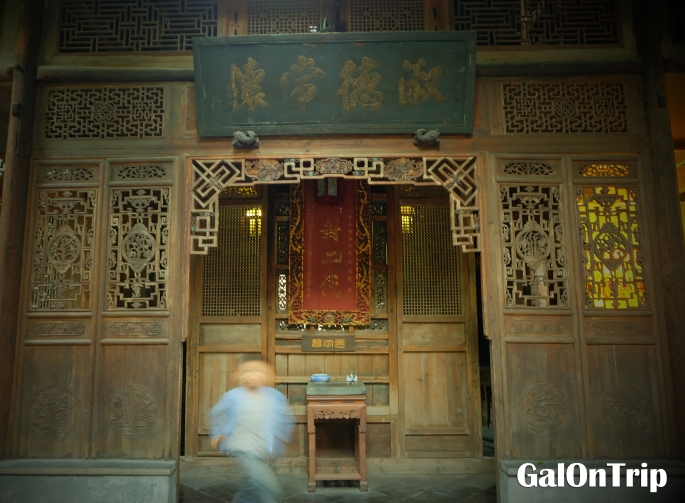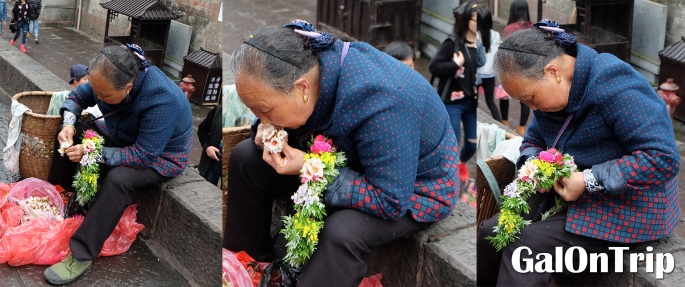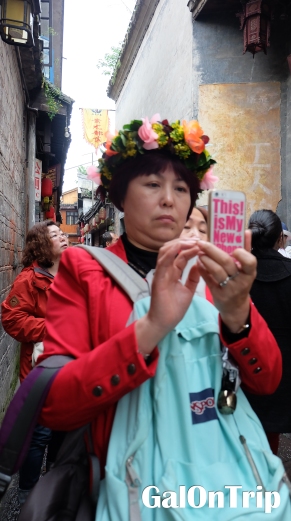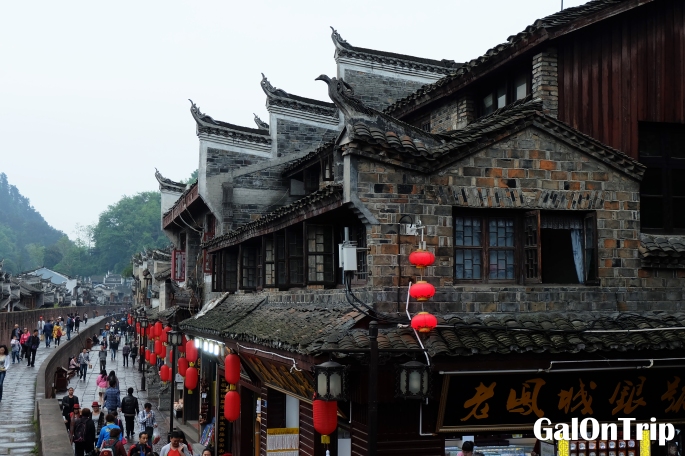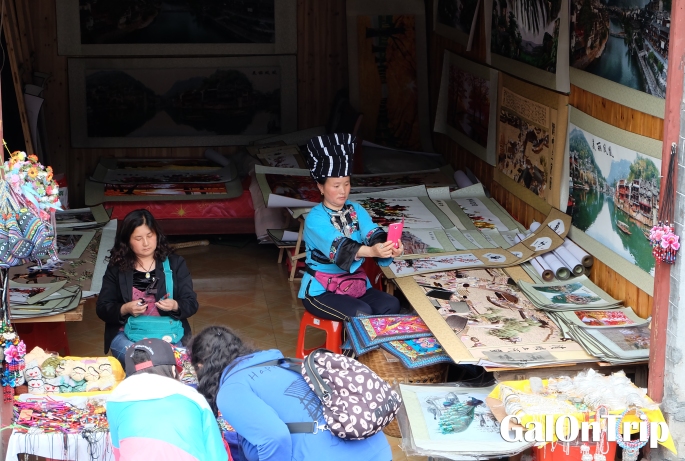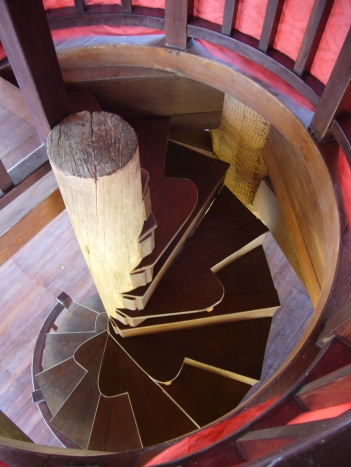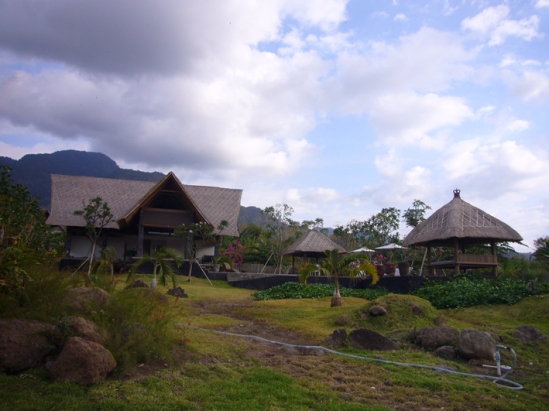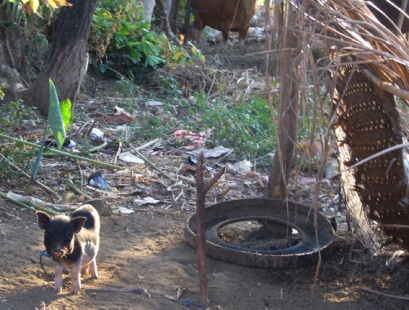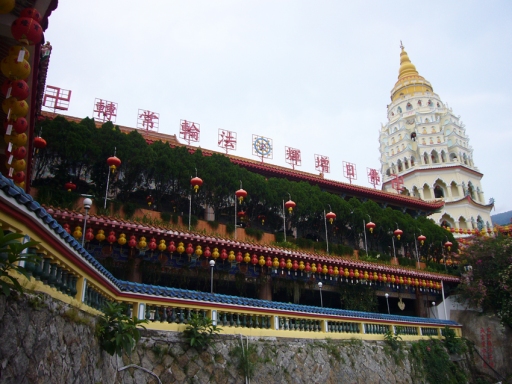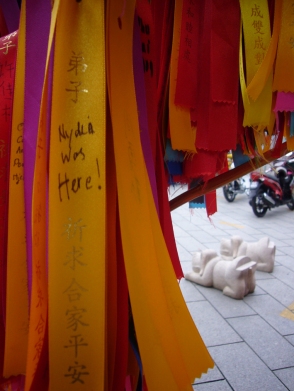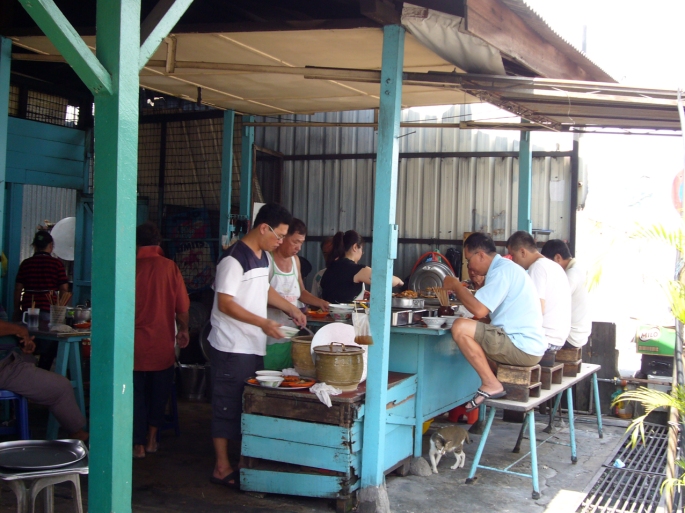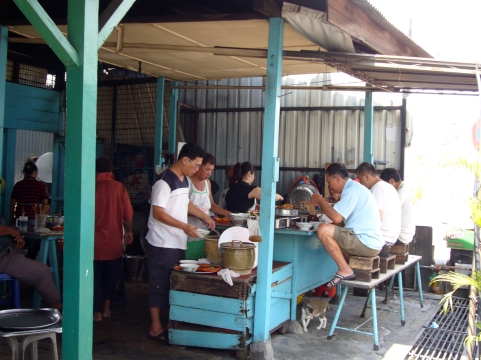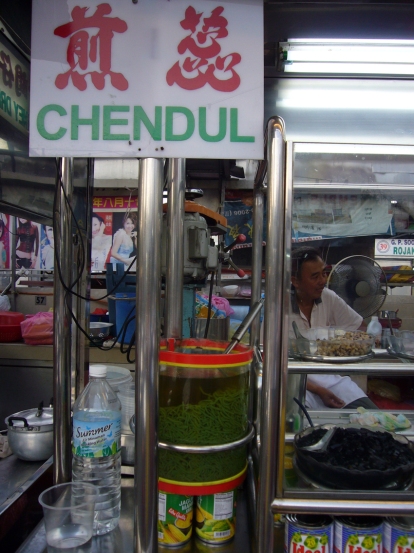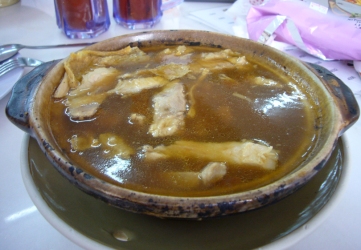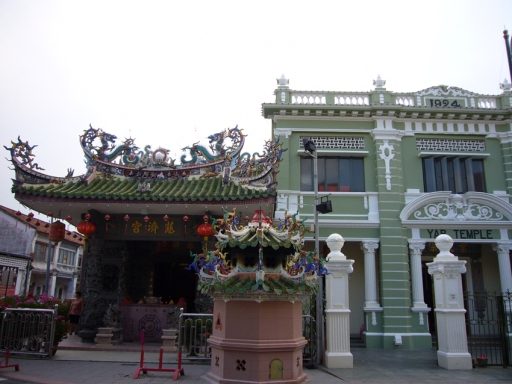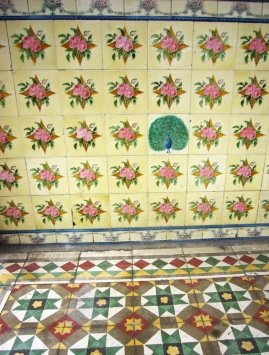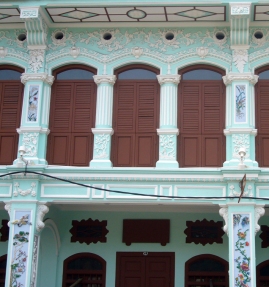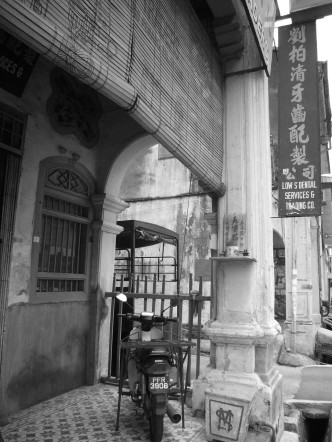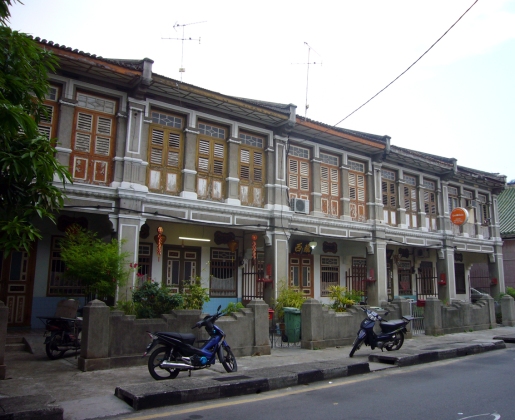The six-hour-journey (including toilet breaks) from Changsha, the capital of Hunan province in China and the birthplace of the late president Mao, to Phoenix (or Fenghuang) Ancient Town was not in vain.
The town built in the early 18th century, during the reign of Emperor Kangxi of Qing Dynasty, has very well-preserved architecture from that period, that nowadays incorporates shops offering souvenirs, traditional handicrafts, eateries, silverware, local delicacies, traditional costume rentals, fruit markets and many more. Including those situated by the Tuo river (Tuo Jia) banks, old bridges and wood-structured boats crossing the river. The Tujia and Miao minorities, who have been resided for generations, still maintain their tradition from both the appearance and the way of live.
Therefore, fantasizing myself being on the set of kung fu movies or part of the character in Chinese traditional paintings was no longer necessary when I was there. It succeeded bringing me to the flashback atmosphere, when the last dynasty of China before turning into a republic was still on a blaze of glory.
What a great way to start my first visit to China.
Its magnetic attraction, that continues to mesmerize visitors across the country and around the world, comes with a price, apart from the entrance fee. The ancient town becomes a land of abundant opportunities to make a living, resulting in fierce competition among entrepreneurs. Street vendors never leave visitors out of sight, greeting them with merchandise and service to sell before they know it. Including those who dilly dally on street.
The streets are so packed with visitors who come like an unstoppable deluge. Brushing one’s shoulder while walking down the street is almost inevitable, especially in narrow alleys. It is quite difficult to take pictures of your favourite spots without being bumped. The “say cheese” and “selfie” may fail or turn easily into a candid when uninvited guests (read: crowds) unexpectedly appear in the picture.
Since then, I finally found out that waiting for a perfect moment does not always guarantee success. So I did a little twist in immortalizing my travel moments to adapt with the situation: press that button, think later! Thus, some of these photographs are results of imperfections, when the intended message may turn into a different story.
No matter what happened, now I understand why the phoenixes that once flew over the town were reluctant to leave, that leads to the discovery of the pretty old town. Legend has it.
RAINY DAY IN TOWN
Rain momentarily stops people from flooding the street. But it won’t last long. The further you walk, the more crowds you get.
I’M LOVIN’ IT
I broke my “non- fried food consumption” daily regime for a day just for tasting the famous stinky tofu. The black colour and the fermented brine pungent smell didn’t stop me from trying. It actually tastes great, as the soy sauce is definitely the perfect match for the tofu. I just didn’t use the chili because I can’t take spicy food.
SMOKED MEAT
Yes, they look gruesome, yet edible. Smoking apparently is a popular way of preserving, cooking and flavoring food in Hunan province, from meat to tofu and bamboo shoots. The skinned pig face somehow reminds me of Texas Chain Massacre movie, but slightly better because it’s not a human face.
KEEPING THE TRADITION
One of the added values to buy souvenirs is to watch the makers doing it traditionally.
LOOK, IT WON’T GET BURNED!
Massage tools made of buffalo thorns are sold for RMB 5. Usually, the seller convinces future buyers by demonstrating a burning test and claiming those with reddish color have a better quality. I’m not sure how they matter for a better massage. I think it’s just another trick to lure the tourists. Other buffalo thorn handicrafts include (cigar) pipes, combs, hair accessories, etc. Something that animal right activists would hate.
GHOST CHILD
At Chongde Hall, floods of people is often hard to avoid. That what makes the boy looks like a ghost.
ARTISAN FLOWER CROWN
Flower crown street vendors, from young to old women, are everywhere in town, selling their goods in competitive price for RMB 5. This old woman was tying up fresh flowers to the crown frame. Another particular item that Hunan villagers often bring (not only the vendors) is the “woven basket backpack” used for carrying just about anything, from merchandise, dirty clothes, groceries, to babies.
OOPS… WHATEVER….
My mom and her friend asked me to take a picture of them. But, all of the sudden, this old lady appeared beside my mom’s friend, offering a flower crown. In that moment, I wasn’t ready yet with my camera. Seconds later, she realized that there was no hope for purchase from the two women. She finally walked away in front of my mom’s friend, regardless what I was doing. I still took my chance to press the button and think later for the result. Well, only my mom was captured in the picture and there was nothing I could do about it.
THE TOURIST
While capturing the crowded alley on the way to Chongde Hall, I got this woman instead. I think she represents the real tourist of Phoenix. She doesn’t only have a flower crown on her head, but also a backpack in the front part of her body as a sign of pick-pocketing awareness. She also makes a statement, “This! is My New (followed with an Apple logo) Phone”.
UNTITLED
 STREET PHOTOGRAPHER AND HER CLIENTS
STREET PHOTOGRAPHER AND HER CLIENTS
Street photographers, who are surprisingly only women for this profession, were taking her clients who rented the Miao traditional costume to the famous view of Tuo river for a photo session. The woman with a gray jacket needed more patience until the photo session team left the scene, so her husband could take a picture of her properly.
TRADITIONAL HOUSES BY THE RIVER
Nearly all inside these traditional houses are meant for commercial purposes, from restaurants, markets, handicrafts, to modern bars.
MIND YOUR STEP
The most challenging way to cross the river. The concrete blocks fear certain people to walk on it.
PHEW!
The woman, wearing a traditional Miao costume, rushed to the shore after successfully crossed the river through the concrete block bridge without falling down.
RUNNING FOR LIFE?
I’m not sure what the fruit vendors were running from. But for sure, I adore their strength and agility. The can effortlessly walk on a narrow bridge with heavy merchandise on both shoulders, even precede the crowds, who are still occupying the space.
BUD AT THE BAR
The ancient town has a modern bar, too.
CAN YOU TAKE CARE OF THEM FOR A WHILE? I’M BUSY!
Selfie. A global trend, no matter what.
THE LAUNDRY
Hanging towels, a bra and socks outside indicates a daily life, besides a mess. Until today, the locals still wash their clothes manually in Tuo River.
NOBODY FEELS LIKE PLAYING
Silence means struggle when income depends on the traffic, like this crossbow shooting gallery.







